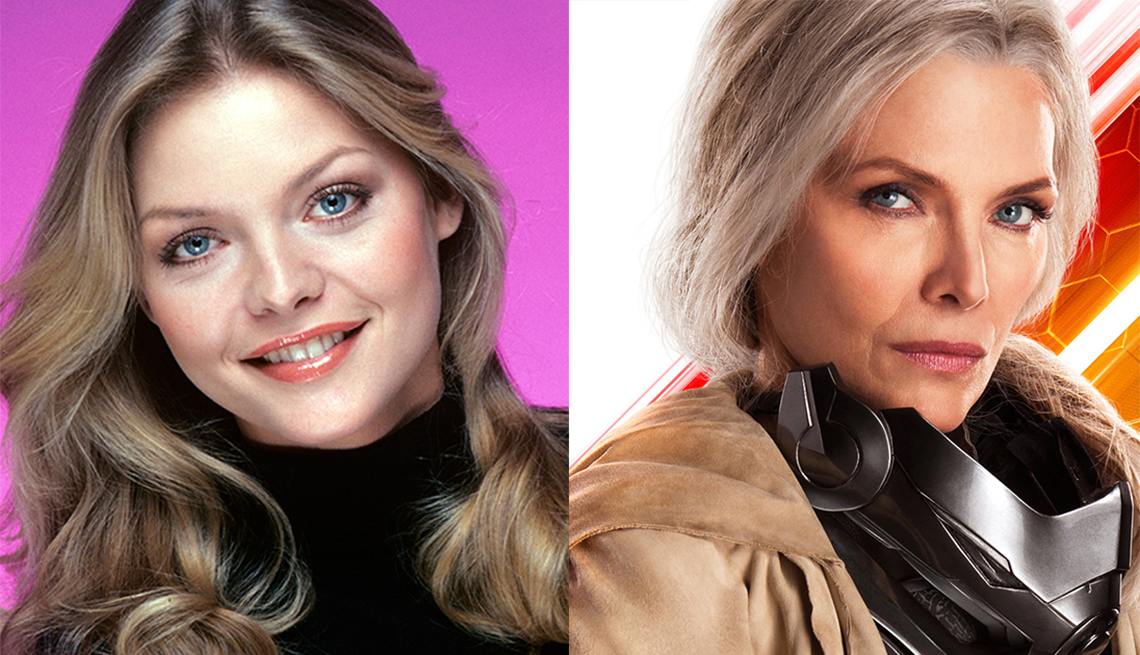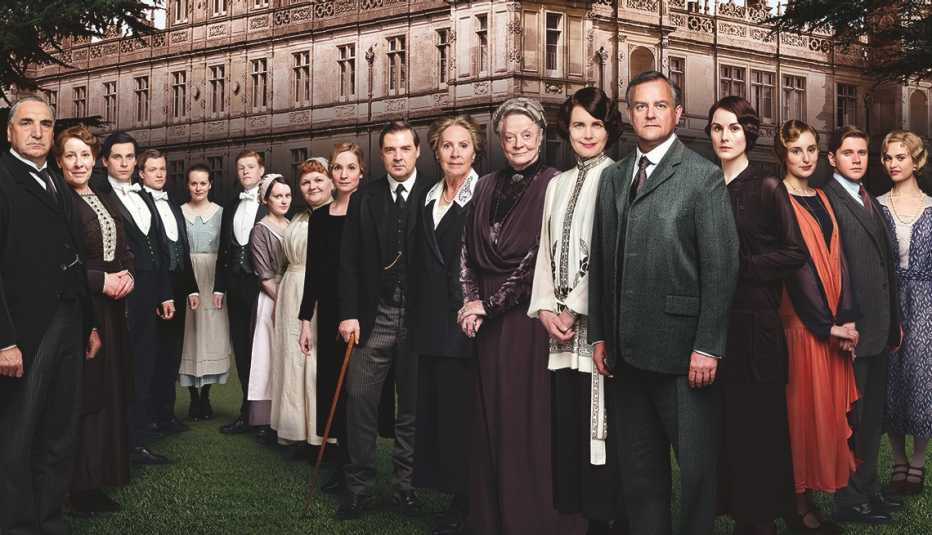AARP Hearing Center
In the new Marvel Studios movie Ant-Man and the Wasp, Michelle Pfeiffer, 60, looks like her 30-year-old self in flashback scenes, thanks to Hollywood’s newest invention: computer graphic imagery (CGI) technology that de-ages actors.
Pfeiffer is not the only star who’s shedding decades on-screen thanks to de-aging. Next year, Samuel L. Jackson, 69, will look 44 in Captain Marvel, set in the 1990s, Will Smith will play both a hero his age (49) and a young clone of himself stalking him in Gemini Man, and Robert De Niro, 74, and Al Pacino, 78, will be de-aged to their Godfather-era faces in Martin Scorsese’s The Irishman, about Jimmy Hoffa’s murder. Hollywood Elsewhere pundit Jeffrey Wells estimates that de-aging tech will help push The Irishman’s budget to $250 million. “All this for a straight-goombah period crime drama that will most likely appeal to 35-and-overs,” says Wells.
That sounds great for grownup viewers, and actors, too. “This technology will allow over-50 actors to be cast in a wider range of roles,” says Tim Gray, Variety senior vice president. “Nobody can say ‘They're too old for this part,’ because the CGI magicians can make them look as young and as old as needed. A 70-year-old actor can play a character as well as his own grandson.”
Such CGI effects are not entirely new. “Hollywood VFX artists have been gently massaging the faces of major stars like Ben Affleck and Tom Hanks for years,” says Indiewire pundit Anne Thompson. But these effects were subtle, erasing a very few birthdays. The new de-aging tech began to get far bolder with 2008's The Curious Case of Benjamin Button, in which Brad Pitt, then 44, appeared at ages from 8 to 80. “Youthful flashbacks have been used for Robert Downey Jr. and Jeff Bridges; Denis Villeneuve’s VFX team recreated Sean Young’s AI character for Blade Runner 2049; and both Carrie Fisher and Peter Cushing were painstakingly brought back to life in Star Wars: Rogue One,” says Thompson.
Movie star ages have been rising ever since 1920, says Clemson University economics professor F. Andrew Hanssen. “The male median age rose from 38 to 40 between 1920 and 2011,” says Hanssen, who published a study on the subject, ”and the female median rose from 28 to 34. Our study suggests that technological changes allowing actors to look young for longer — improvements in cosmetic surgery, better knowledge about and use of diet and exercise, Botox — have increased the average age.”




































































